Chicken Feet Trade & Exports — Iran → Dubai (UAE)
Comprehensive report — updated to mid-2025

(Executive summary, trade snapshot, regulatory & sanitary checklist, logistics, market & commercial analysis, risks, actionable next steps.)
Executive summary
-
Public trade trackers show very little or no recorded direct commercial exports of chicken feet from Iran to the UAE (Dubai) in the most recent trailing-12-month snapshots, suggesting either negligible direct volumes, reclassification, or routing via third countries.
-
Dubai (Jebel Ali) is a major regional re-export and logistics hub with comprehensive reefer/container infrastructure — making it a practical entry point for frozen poultry by-products destined for the UAE market or for re-export across the region.
-
UAE import rules for animal-origin products require product registration (ZAD) , an import permit, halal and veterinary documentation, and compliance with MoCCAE sanitary requirements — exporters must supply approved veterinary health certificates and product analysis documents.
Trade volumes & recent mid-2025 snapshot
-
Recorded Iran → UAE shipments (chicken feet): Volza’s Iran export dataset shows zero recorded “chicken paws” shipments for the trailing-12-month window in mid-2025. This points to either no direct trade or that shipments are small / mis-classified / re-exported via third countries.
-
UAE import activity for chicken feet: The UAE does import frozen chicken feet (data aggregators indicate UAE receives frozen-chicken-feet shipments), but most large flows go to other regional importers (Vietnam, China are top global importers). Dubai functioning as a hub increases potential demand from re-exporters, pet-food or rendering processors.
Takeaway: Market exists in the UAE region, but direct Iran→Dubai chicken-feet trade was minimal/absent in public datasets up to mid-2025. If you plan to enter, expect to either (a) export via a third country/trader already integrated into UAE import procedures, or (b) secure the full UAE import documentation and registration route.
-
There is variation in practice, but frozen/edible poultry parts (including feet/paws) are commonly declared under poultry meat/parts HS lines (e.g., within 02.06 / 02.07 series depending on preparation and national tariff detail). Confirm the exact 6–10 digit UAE/ Khaliji tariff code with your freight forwarder or Dubai Customs before shipping.
UAE regulatory & documentary requirements
Key regulatory steps for any poultry/poultry-byproduct import to UAE/Dubai:
-
Product registration in ZAD (Emirates Food & Drug/food registry) — importer registers product before applying import permit. This is commonly required for food products including frozen meat/parts.
-
Import permit & pre-arrival documentation — importer applies for import permit via Mo CCAE/ZAD using product info, manufacturer certificates and halal documentation.
-
Veterinary health certificate from the competent authority in exporter country (showing disease status, slaughter date, establishment approval, residue statements). Mo CCAE requires health attestations and sometimes COA s (certificate of analysis).
-
Halal / slaughter certification — required for most meat/poultry products in UAE.
-
Product analysis & declarations — certificates about absence of pork derivatives, mycotoxin limits (where relevant), microbiological/chemical COA requested by Mo CCAE.
-
Pre-shipment inspection / cold chain evidence — temperature logs, freezing certificate and third-party inspection certificates reduce rejection risk at arrival.
Important: UAE has in the past imposed temporary bans on non-heat-treated poultry from specific disease-affected origins — monitor MoCCAE notices for any temporary restrictions.
Sanitary & SPS considerations
-
Avian influenza (HPAI) and other poultry diseases dictate acceptance. MoCCAE requires health attestations and may block imports from affected regions until cleared. Ensure origin plants observe strict biosecurity, traceability, and have up-to-date residue testing.
Logistics, packaging & temperature control
-
Port & hub: Jebel Ali (Dubai) is the single largest gateway in UAE — excellent reefer container and cold-chain services; use Jebel Ali for sea shipments and DP World/3PL cold-chain partners for onward distribution.
-
Packing & temp: IQF or whole frozen feet in PE inner bags, 10–20 kg master cartons, palletized with clear batch/lot and production/expiry dates. Maintain −18°C or colder; include temperature logs and freezing certificates. Pre-shipment inspection (SGS/Intertek) recommended.
Market & buyer landscape in Dubai / UAE
-
Demand drivers: UAE demand includes HORECA (hotels/restaurants), ethnic food wholesalers, pet-food processors, and re-exporters (Dubai as redistribution hub to the region/Africa/CIS). Volza and B2B portals show UAE buyers occasionally source frozen chicken parts; trade flows are active but competitive.
-
Buyer types: frozen-food distributors (serving hotels & supermarkets), Middle-East pet-food/rendering companies, specialized ethnic wholesalers (for Chinese/Asian cuisine demand), and traders aggregating product for re-export.
Pricing & commercial terms (mid-2025 signals)
-
Price drivers: global feed costs, shipping/energy cost, disease-related supply shocks (HPAI), and competition from large exporters (Brazil, Thailand, China, Vietnam). Use CIF Jebel Ali or FOB Iranian port terms with clear inspection and L/C payment terms for first orders. Market intelligence platforms (Tridge, Volza) provide price snapshots for frozen chicken feet.
Competitors & competitive edge
-
Main global suppliers: Brazil, Thailand and China dominate some poultry lines; Vietnam is the biggest importer of feet (demand hotspot), and other exporters supply UAE as well. Iran’s potential advantages: proximity to Gulf, shorter transit to UAE, and potentially lower cost if sanitary approvals and halal documentation are in place. However, banking/payment frictions and lack of recorded direct shipments are hurdles.
Risks & barriers
-
Regulatory: failure to register product in ZAD or missing veterinary/halal certificates will cause rejection/detention.
-
SPS: HPAI outbreaks or temporary bans can close markets quickly.
-
Commercial: strong regional competition, and potential banking/sanctions frictions for Iranian exporters.
-
Logistics: maintaining uninterrupted cold chain from processing plant to Jebel Ali and onward is essential; any break risks rejection.
Practical checklist for an Iranian exporter to Dubai
-
Confirm HS code with consignee and Dubai Customs / freight forwarder.
-
Ensure plant approval & documentation: HACCP, halal slaughter certificate, veterinary health certificates, COA (product analysis), freezing certificate and batch traceability.
-
Coordinate ZAD registration & import permit via the UAE importer (importers typically handle product registration and import permit applications
-
Arrange pre-shipment inspection (third-party) and temperature logging; use reefers and DP World cold-chain partners at Jebel Ali for reliable handling.
-
Agree payment & incoterm: L/C for first shipments or trusted escrow; include inspection and rejection clauses.
-
Pilot shipment: send a small pilot (1–3 containers) to test customs acceptance and buyer feedback; collect arrival inspection reports and adjust packaging/COA as needed.
Actionable recommendations
-
Short term (0–3 months): identify and partner with an experienced UAE importer/distributor who will manage ZAD registration and import permit. Prepare full documentation set and run one pre-shipment third-party QC.
-
Medium term (3–12 months): if pilot accepted, scale with fixed supply contracts and consider value-added cleaning/IQF to increase margin and acceptance. Monitor MoCCAE notices for any disease-related restrictions.
-
Alternative route: consider selling to regional trading houses in nearby approved exporting countries (who re-export to UAE) — faster market entry but lower margin and higher traceability scrutiny.
Data gaps & suggested verifications
-
Confirm whether any Iran-origin shipments are being re-exported into Dubai via third countries (mirror customs data / paid datasets like Volza or UN Comtrade can show re-exports).
-
Get exact UAE tariff/HS digit for chicken feet as used by Dubai Customs to avoid misclassification.
-
Ask Mo CCAE or an experienced UAE customs broker about specific sample wording for the required veterinary certificate for poultry parts from Iran.
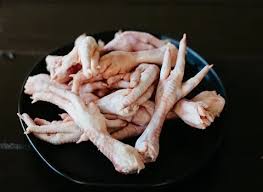
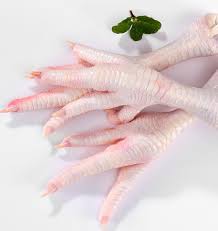
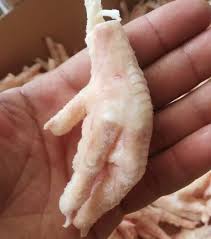
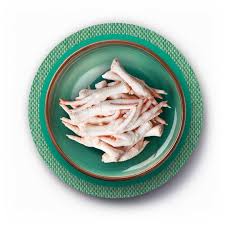
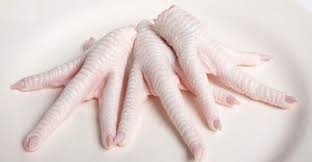
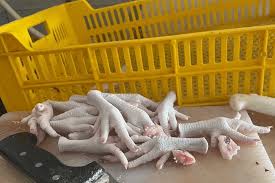
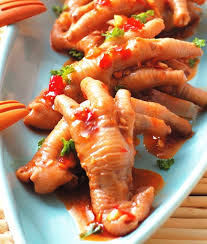

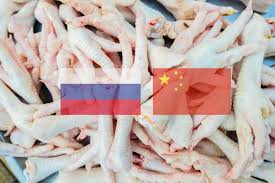
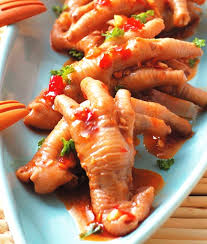
بدون دیدگاه